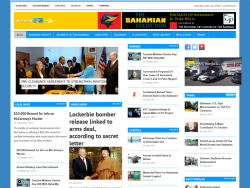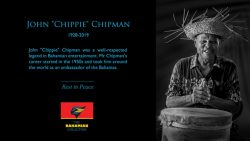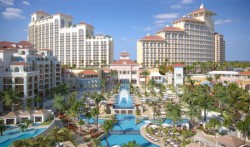 The Caribbean is becoming a hot spot again for drug smuggling into the United States as a new generation of “Cocaine Cowboys” plows the seas in fast boats in search of easy entry points for illicit shipments into the world’s largest consumer market.
The Caribbean is becoming a hot spot again for drug smuggling into the United States as a new generation of “Cocaine Cowboys” plows the seas in fast boats in search of easy entry points for illicit shipments into the world’s largest consumer market.
About 14 percent of U.S.-bound cocaine shipments – roughly 42 tons – was trafficked through the Caribbean in the first six months of this year, and Puerto Rico and the neighboring Dominican Republic are emerging as hubs of the burgeoning trade, according to the U.S. Drug Enforcement Administration.
That was double the share of U.S.-bound cocaine that was shipped through the region during the first half of 2012, Vito Guarino, special agent in charge of the DEA’s Caribbean division, told Reuters.
He said the increase – which came amid a 30 percent overall drop in the amount of cocaine smuggled into the United States over the same time period – was at least partly due to increased drug interdiction efforts along the U.S.-Mexico border.
But Colombian-led traffickers are also simply taking advantage of a region where they made deep inroads in the 1980s, before drug lords in Mexico began to dominate the trade by the late 1990s.
In the last year, U.S. law enforcement agencies have turned up the pressure on the Caribbean traffickers, with more Coast Guard patrols, as well as well as human and electronic intelligence, to detect illicit planes and boats.
Guarino said the DEA’s drug flow estimates were based on seizures and arrests – which offer only a partial indicator. But while experts have been predicting an uptick in Caribbean trafficking for years now, Guarino said the evidence of an escalation was now unmistakable.
Most cocaine shipments into the region are smuggled aboard drug-laden speed boats, with two or more big engines, that roar across from the northern tip of South America in one or two days, Guarino said, often under cover of darkness. Bales of cocaine are off-loaded to fishing boats or transferred to vehicles on deserted beaches.
“I was here when they were doing it predominantly by air. Now it’s predominantly by go-fast (boats),” Guarino said.
In August, a U.S. Customs and Border Protection aircraft spotted a 30-foot long, go-fast boat near Puerto Rico loaded with 1,500 lbs (680 kg) of cocaine in waterproof bales. The boat, its three-man crew, and its cargo were seized by a British navy frigate, HMS Lancaster, patrolling in the area.
The lure of Puerto Rico is its status as a U.S. territory. Once drugs are smuggled onto the island they can head right to the U.S. mainland without going through customs.
Based in Puerto Rico, Guarino, a former Newark cop, began his career with the DEA in Miami in 1985. That was during the heyday of the Colombian cartels and so-called “Cocaine Cowboys,” when Miami’s role as an epicenter for the cocaine trade turned it into one of the most dangerous cities in the United States.
The Dominican Republic, just across the treacherous Mona Passage strait separating it from Puerto Rico, serves as the transfer point for most of the South American cocaine shipped from Puerto Rico into the United States, Guarino said. The Dominican Republic is also a major transit area for drugs heading to Europe.
Read More at The New York Times
Source: Reuters



